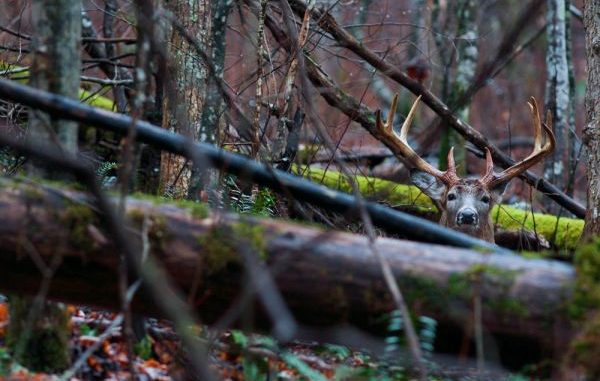
Once the rut slows down and the post-rut begins, surviving deer will eventually return to bedding sites used prior to the rut — as long as there was no intrusion.
This is a time when both males and females need isolated bedding.
For surviving bucks, these bedding areas provide the opportunity to rejuvenate from the rigors of the rut. As for females, particularly impregnated does, bedding sanctuary is vital for the development of upcoming newborn fawns.
If the opportunity arises to observe a bedding sanctuary, it will not only reveal bucks that survived the season, but it can provide the chance to go for a late-season harvest or simply for the enjoyment of antler shed hunting.
Here again, if bucks are not harassed too much by predators and are able to travel to and fro feeding and bedding locales, it is highly likely that they will drop their antlers anywhere along these routes. Antlers can also drop in or near a bedding site — simply because deer spend so much time bedding.
The only drawback to focusing on these areas is trying not to spook the deer. Most hunters stress the importance of thoroughly covering your scent and entering the sanctuary while the deer are at the opposite end of the area — checking the wind and remaining visually undetected.
It is in concealment that deer spend the majority of their time in all seasons — rejuvenating strength and processing nourishment from the land.
The deer bed is a not only a jewel for hunters to execute a harvesting strategy; it is a vital refuge for deer to develop and grow — be it a newborn fawn or a majestic buck with a towering rack.
Editor’s note: This sidebar was written with Marie Kirkland.


